site search
online catalog
PRESENTATION SWORD TO WILLIAM CORLEW 29th MASSACHUSETTS, WITH THE IRISH BRIGADE IN THE PENINSULA CAMPAIGN

Hover to zoom

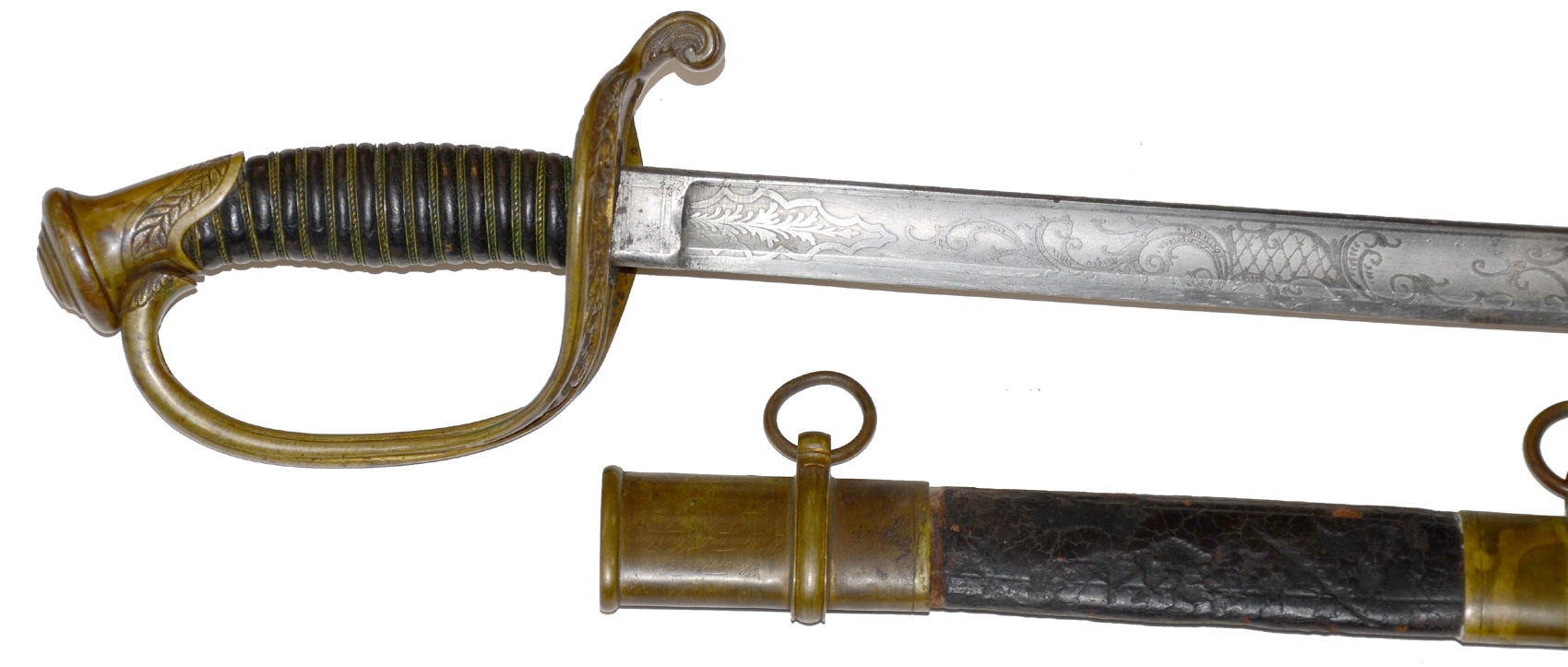

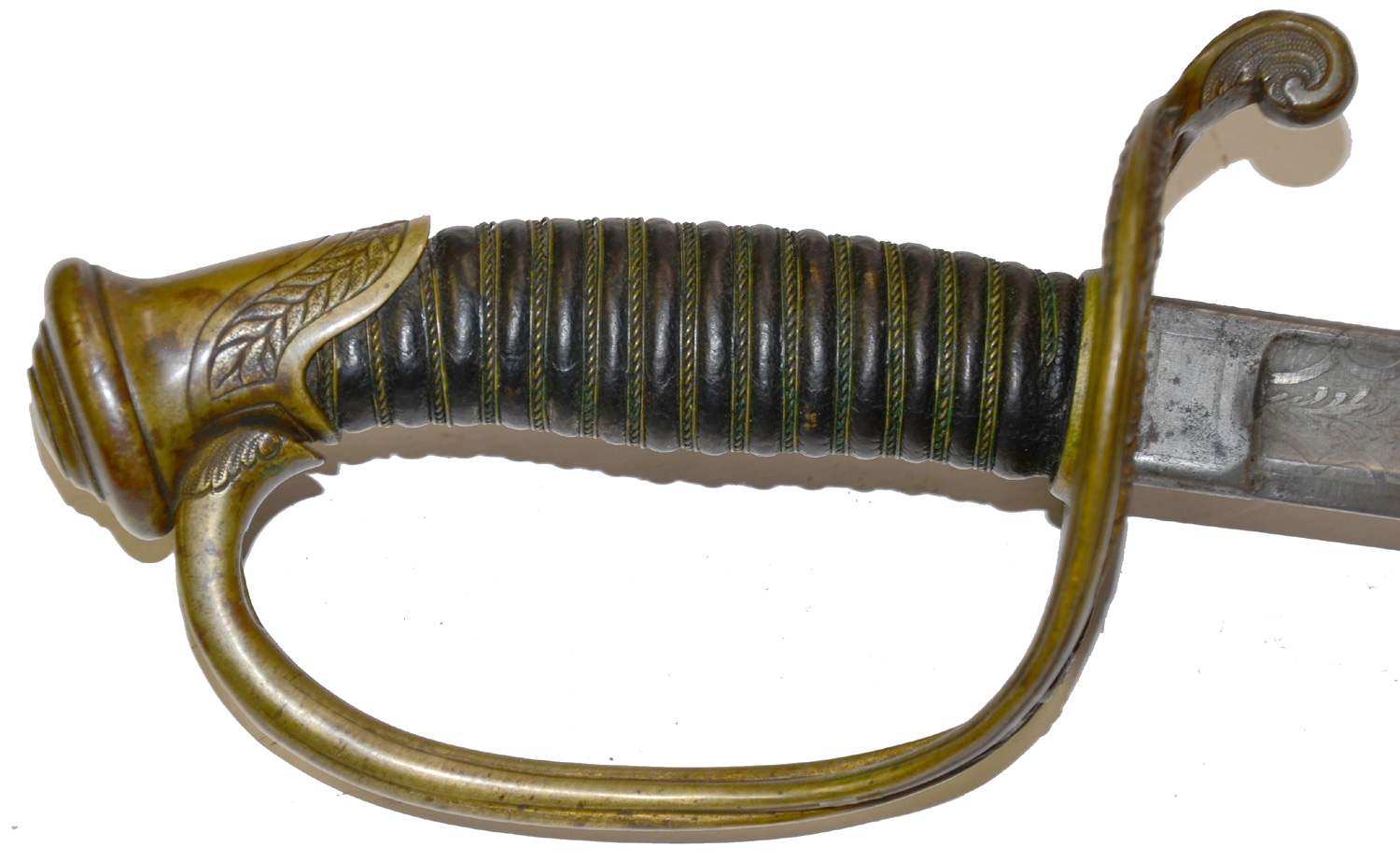
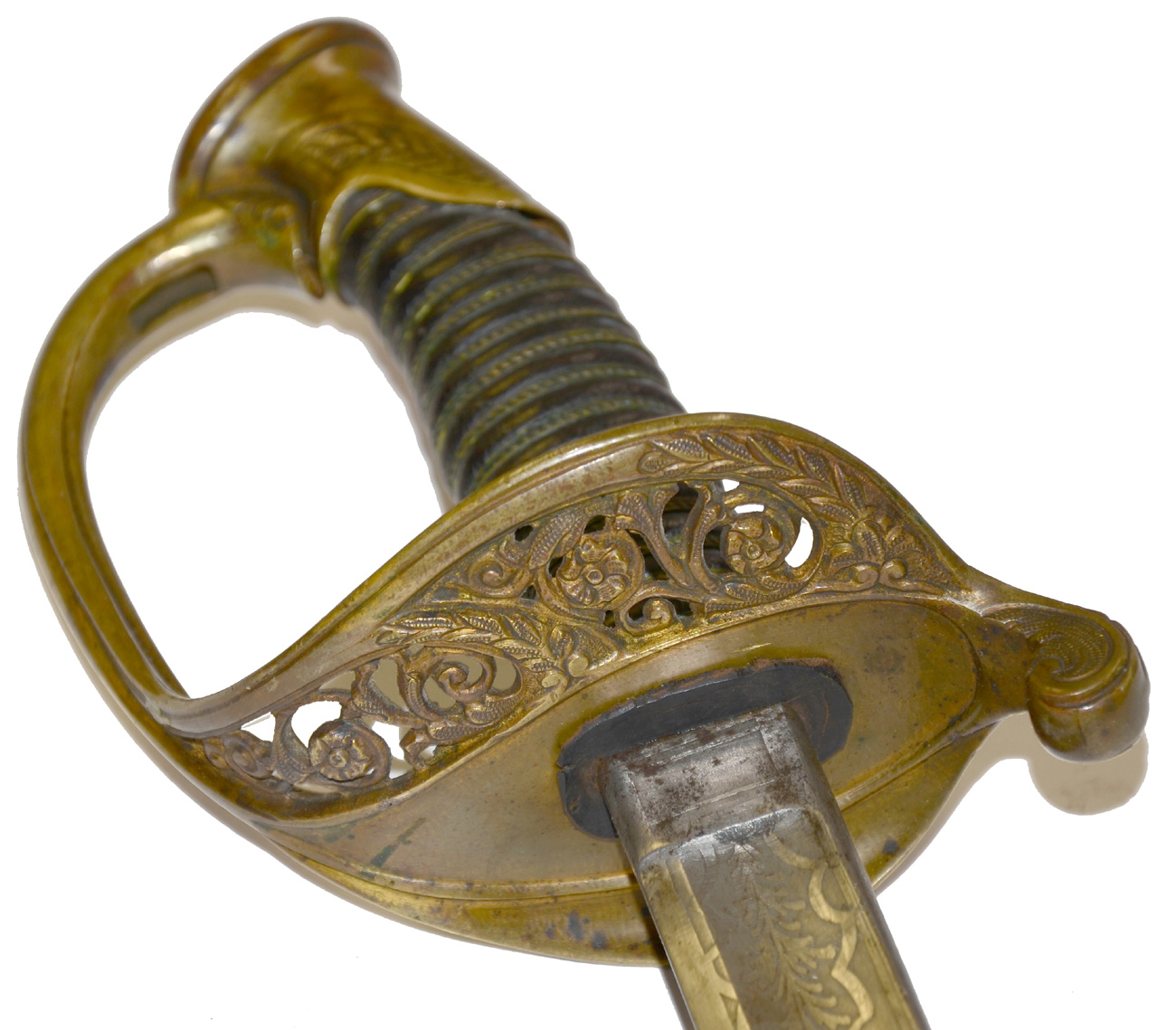
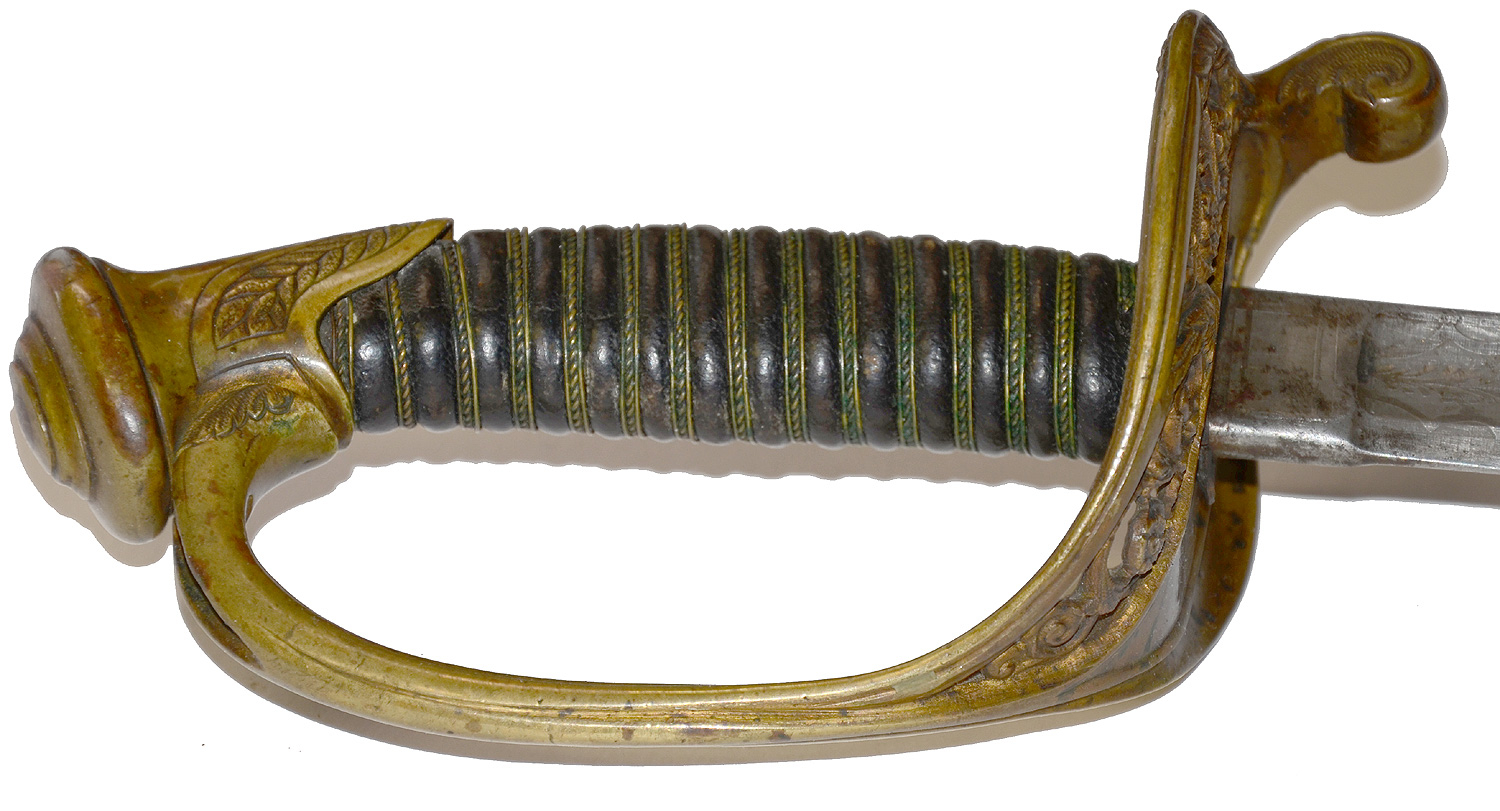
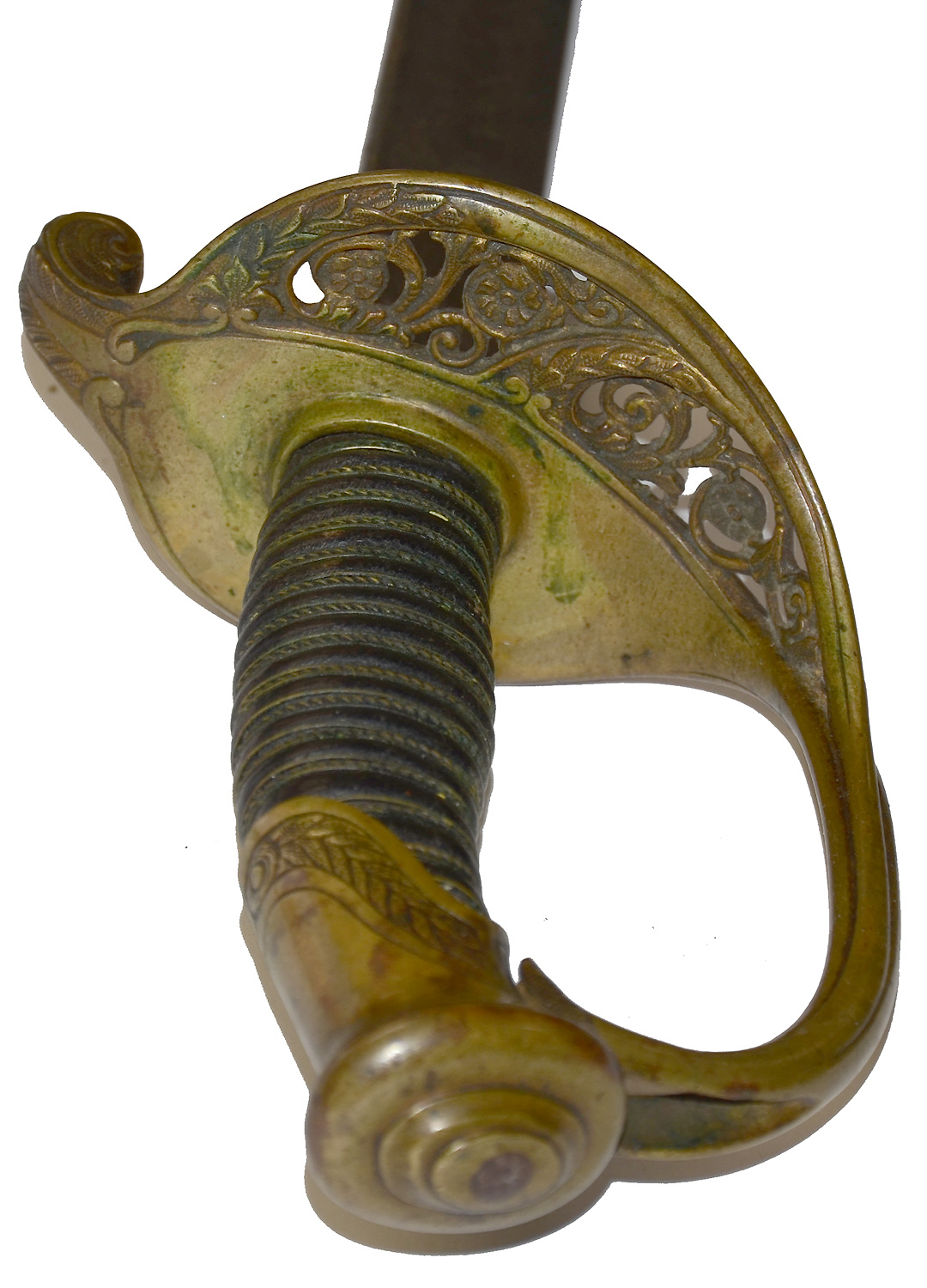
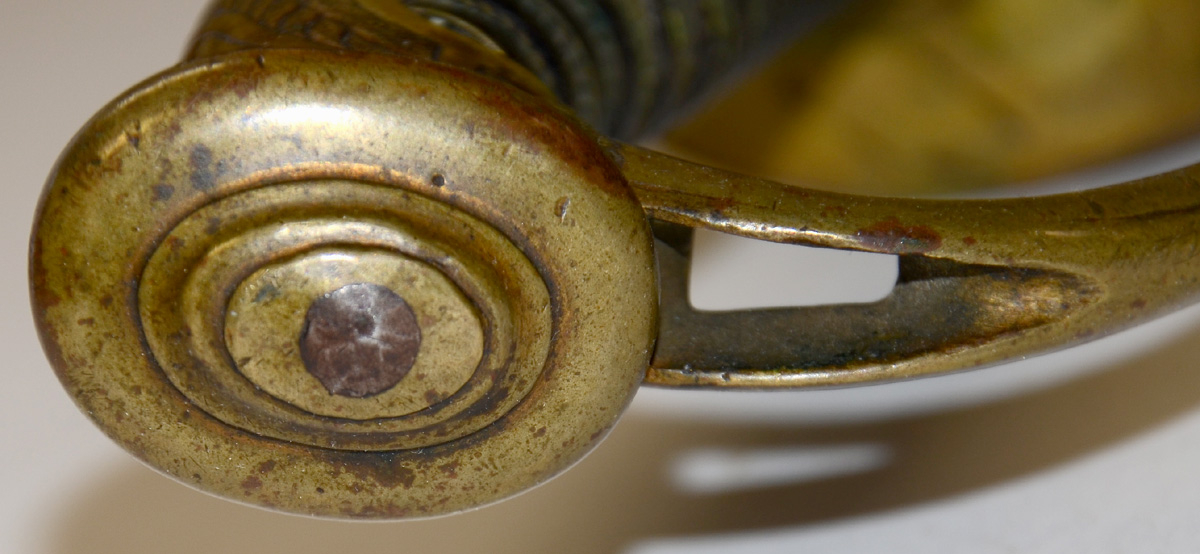
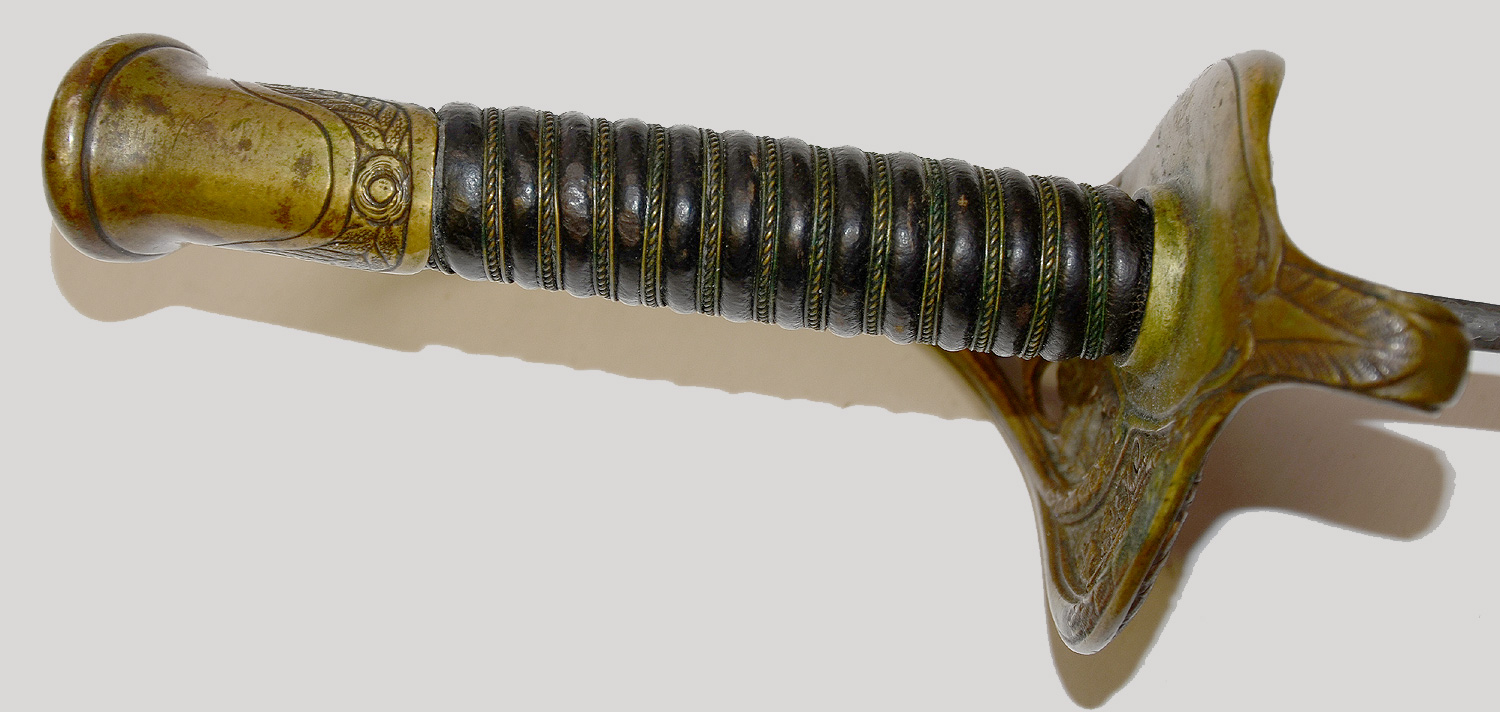
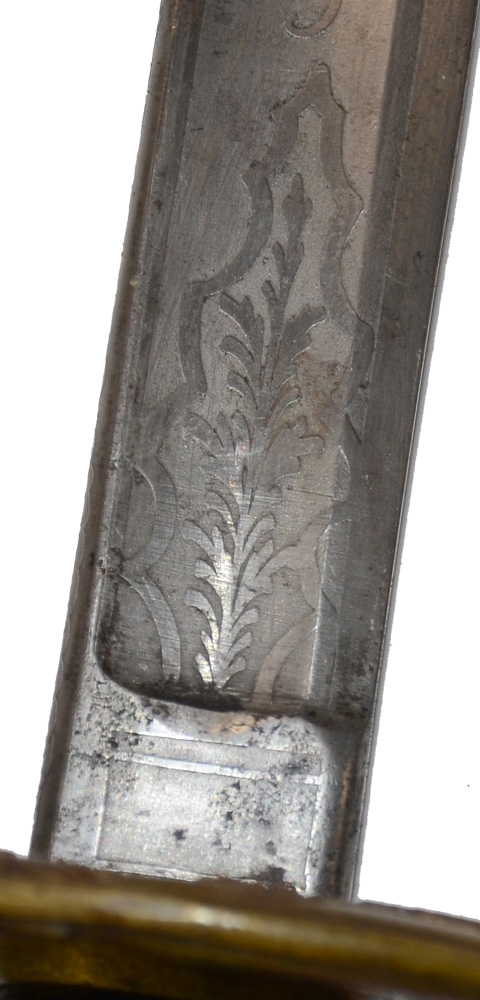




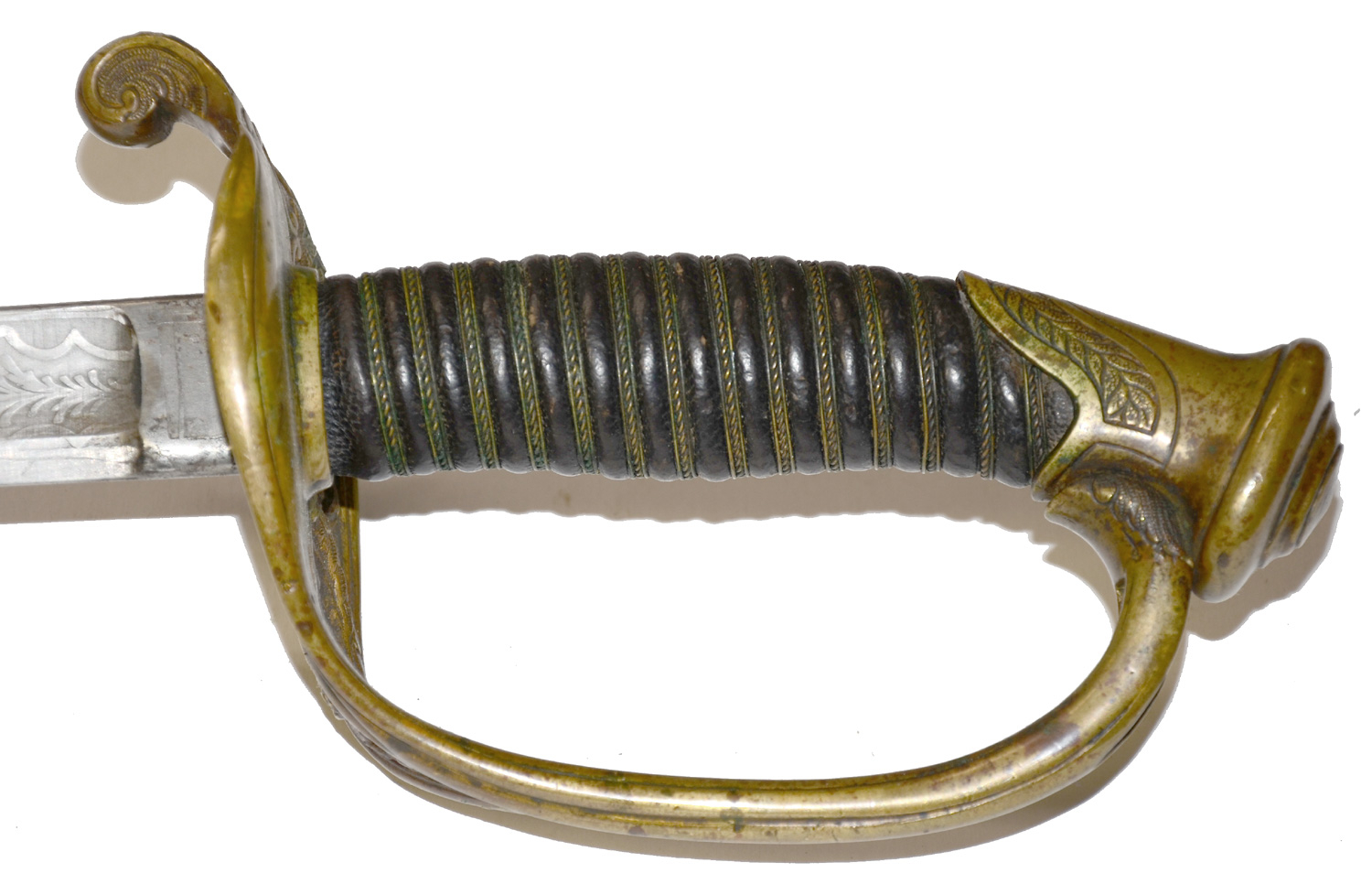
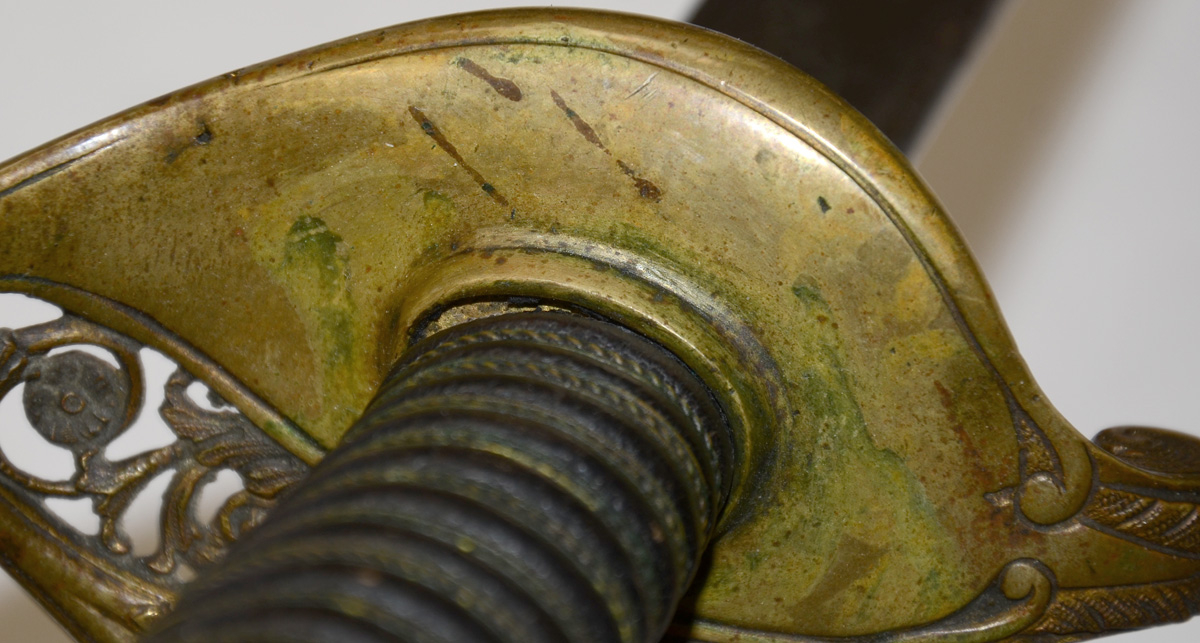
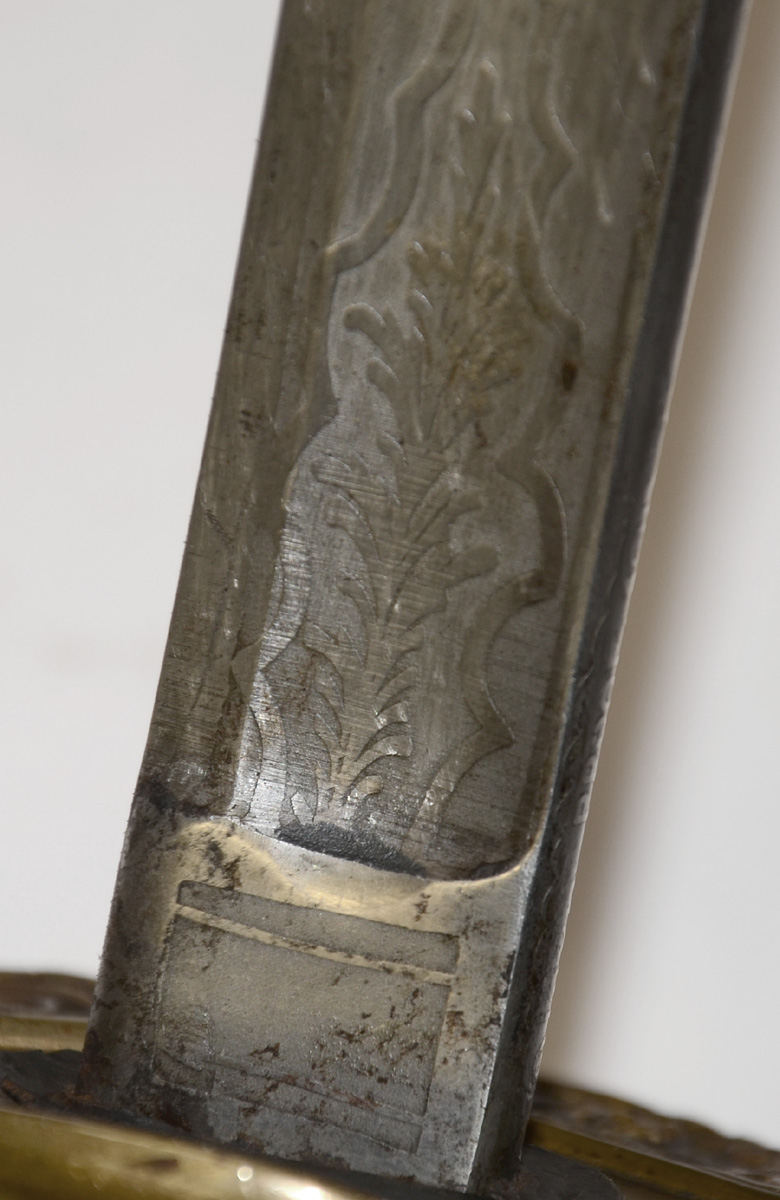


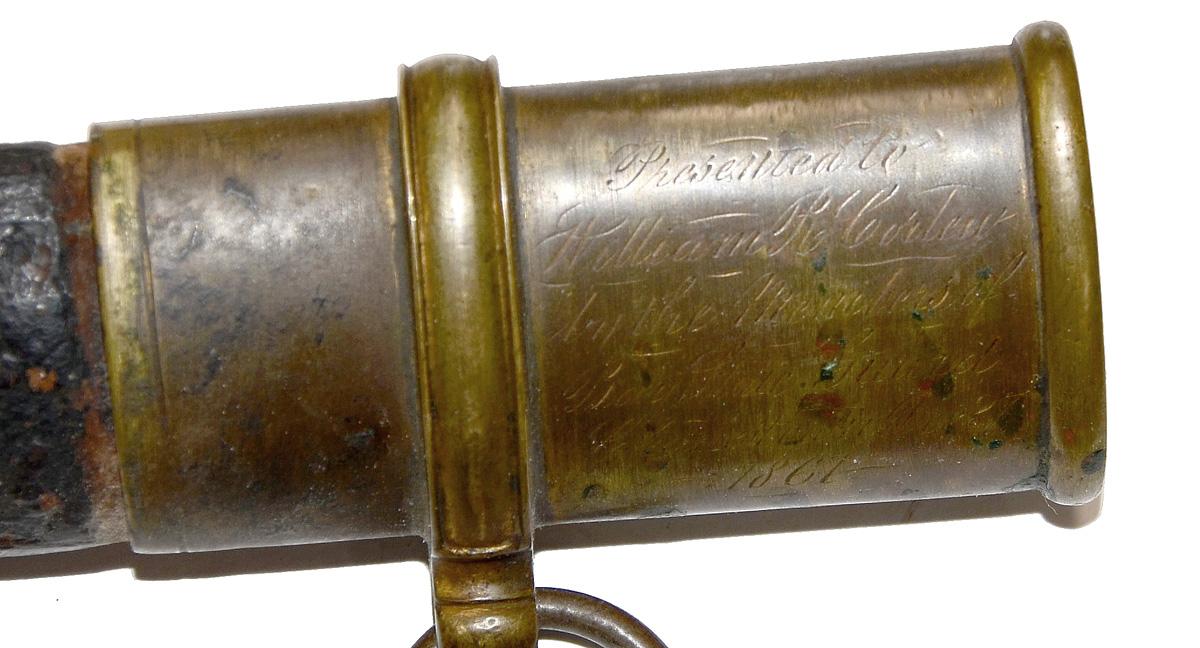
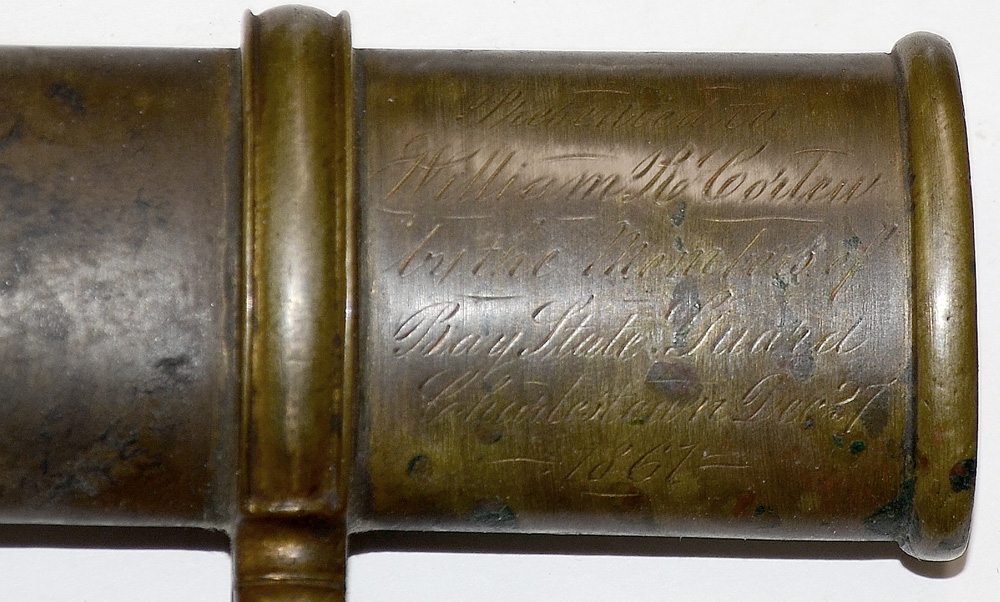
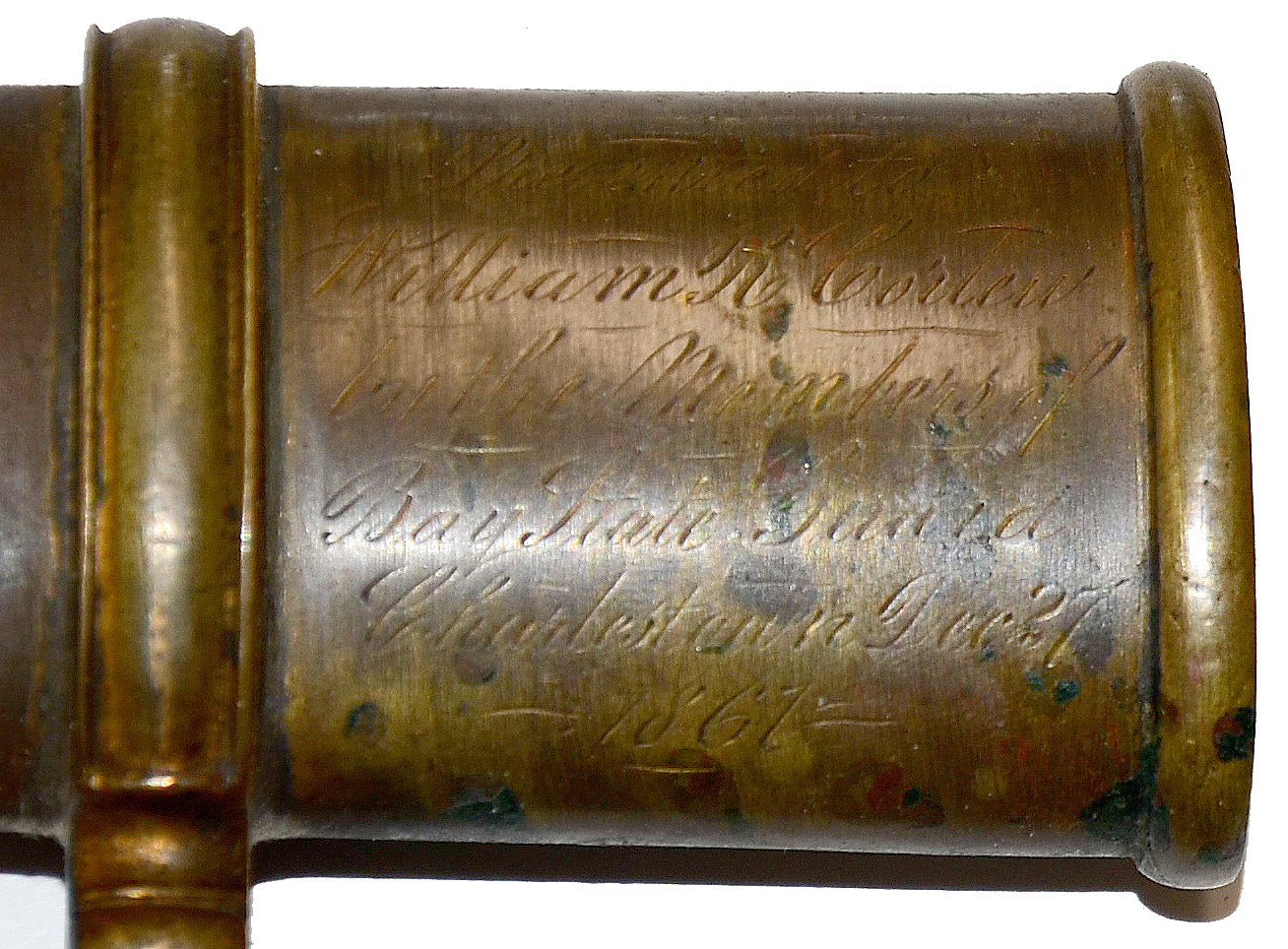
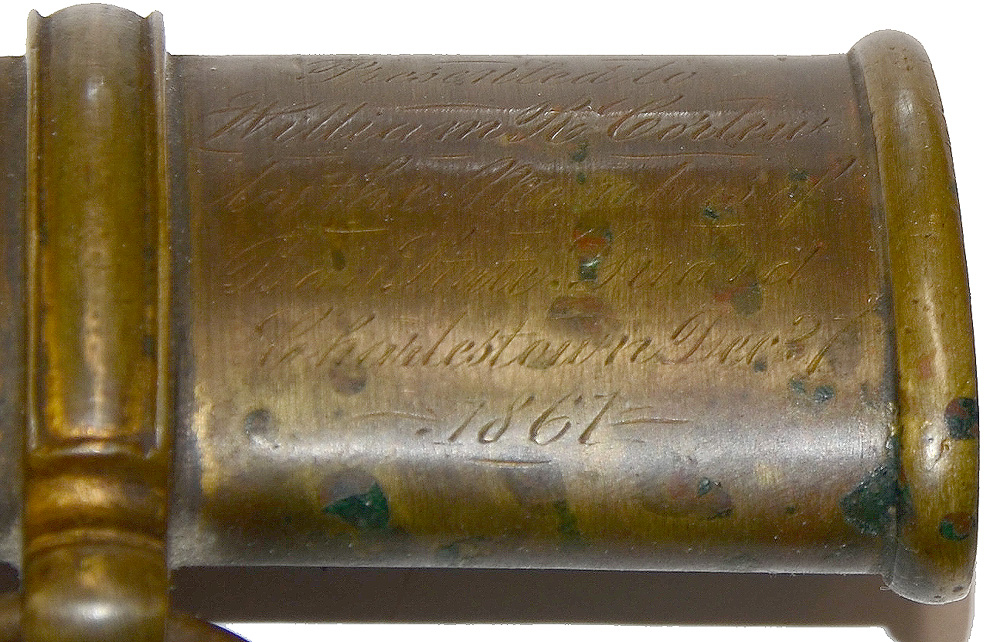
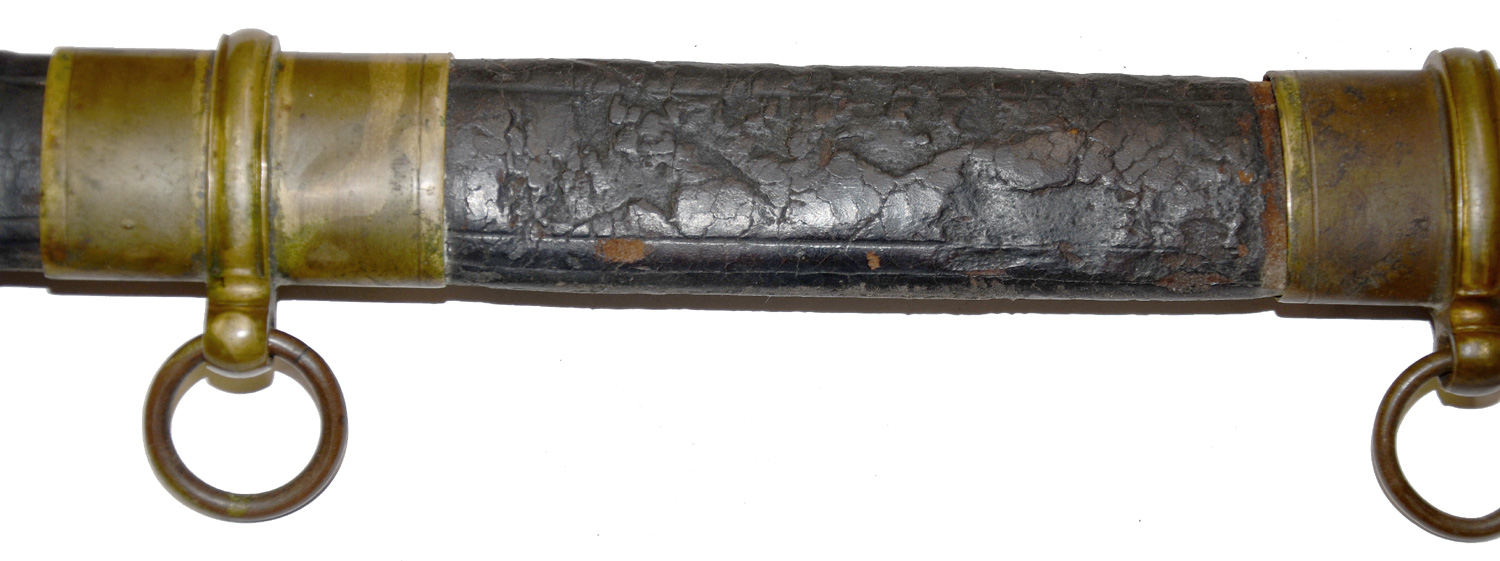







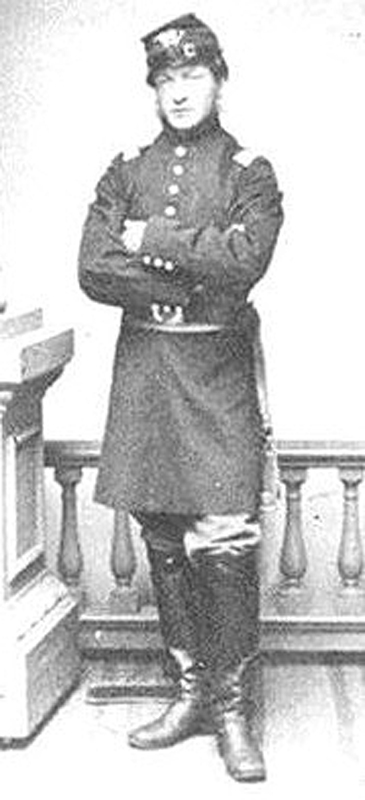
$2,950.00 SOLD
Quantity Available: None
Item Code: 482-452
This presentation sword is the U.S 1850 pattern for foot officers, the regulation sidearm for lieutenants and captains of infantry who served with their companies in the line of battle. The scabbard shows wear, but all the brass mounts and sword hilt have a nice, matching and untouched age patina. The hilt is the standard configuration with leaf decorated pommel cap and open work foliate counterguard with scrolling quillon. The grip is excellent, uses a leather rather than sharkskin wrap, and has the twisted brass binding wire complete and in place. The leather washer is in place on the underside of the guard.
The blade is the regulation form, modeled on a French pattern, gently curved, single edged and with broad central fuller. Both sides are etched with intricate scrolling geometric and floral designs showing very nicely on a frosted background. The spine of the blade is floral etched and marked “iron proof” near the guard, indicating a European import brought into this country by a military goods dealer for sale to U.S. officers. The obverse of the blade has a large “U.S.” set vertically among the other motifs and the reverse shows a broad American eagle with outstretched wings and an “E Pluribus Unum” banner scroll. There is no retailer’s marking, but a rectangular panel on each ricasso has been left blank for the retailer’s name had he wished to add it.
The black leather scabbard body with brass mounts is the regulation pattern. The finish shows crackling, surface losses, and a couple of repairs, likely gluing a tear. The mounts have a nice untouched color matching the hilt. The upper mount is professionally engraved in script on the obverse: “Presented to / William R. Corlew / by the members of / Bay State Guard / Charlestown Dec 27 / 1861.”
Corlew (1839-1916) served twice: first as one of the “Massachusetts minutemen of 1861.” These were militia companies, aware of the secession crisis, who had pledged to respond immediately to any emergency call from the Governor. Corlew by profession was a clerk and book keeper, 21-years old, and had been living with his mother and siblings in Somerville. He was likely a prewar member of the Somerville Light Infantry, for he was formally enlisted with others of the company on April 19 as Co. I of the 5th Massachusetts Volunteer Militia and rushed down to Washington. It was only there that they had time to be formally mustered in for three month’s U.S. service, Corlew as a sergeant. At the end of May the regiment was posted to Alexandria, and from there took part in the First Bull Run campaign, fighting in Franklin’s brigade, and losing 9 killed, 2 wounded and 23 prisoners in the fight. The regiment returned to Boston not long after and were mustered out July 31.
Corlew’s experience must have helped in getting a commission that Fall when Henry R. Sibley of Charlestown was authorized to raise a company for three year’s service. The company was largely recruited from Charlestown, but Corlew was nevertheless elected 2nd lieutenant. This company, and two others, had been recruited to join several Massachusetts companies stationed at Fortress Monroe and constitute a new regiment: the 29th Massachusetts. After joining the regiment the company was designated Company H and often referred to as the Charlestown Company, but while organizing they had chosen the name, “Baystate Guard.” A local ladies aid society donated items to the departing soldiers, who themselves raised money to defray Sibley’s recruiting costs and present the officers, “with uniforms and side-arms,” according to the regimental history. At a Christmas Day celebration in Charlestown the Captain and First Lieutenant received their swords, “with sashes and belts.” By the date on his sword, Corlew received his two days later, likely because he was in Somerville with his family for Christmas. The company left Boston on 13 January 1862 and arrived at Fortress Monroe January 17. Corlew was officially mustered in January 13, but was given rank from January 4.
The regiment remained at Fortress Monroe and Norfolk until June 9, when it joined Meagher’s Irish Brigade of the 2nd Army Corps in the lines at Fair Oaks during McClellan’s Peninsula Campaign, seeing action around Fair Oaks on June 15, and at Gaines Mill, Savage Station, Nelson’s Farm (Glendale,) and Malvern Hill during the Seven Days Battles, after which they lay encamped with the rest of the army at Harrison’s Landing. Muster rolls show Corlew present with the company until mid-August, though sick for some portion of the time covered by the May/June bimonthly muster rolls. At Harrison’s Landing he was evacuated on August 16 on the hospital ship S.R. Spaulding to a U.S. hospital in Newark, N.J., suffering from intermittent fever and chronic diarrhea, not uncommon problems among U.S. troops serving that summer on the Virginia Peninsula, and remains absent, sick until the September/October roll when he is marked present, though his file contains an application for a thirty-day medical leave of absence filed from the hospital at Newark on August 30 and vouched for by a surgeon, which would mean he did not return until the end of September. His file, however, does not contain an acceptance of the application, which likely explains why he was dismissed for absence without leave effective 22 November 1862, along with dozens of other officers included in G.O. 195 from the War Department, which may have part of a campaign to restore discipline and reassert control in the wake of General McClellan’s dismissal on November 5.
Corlew returned to Massachusetts and raised a family, apparently pursuing different trades since we find him as a dry goods clerk in one census. He applied for a pension only in 1912 and died four years later in 1916 at age 76. He was entitled to a Massachusetts state minute-man medal, which is likely out there somewhere. [sr] [ph:L]
~~~~~~~~~~~~~~~~~~~~~~~~~~~~~~~~~~~
THIS ITEM, AS WITH ALL OTHER ITEMS AVAILABLE ON OUR WEB SITE,
MAY BE PURCHASED THROUGH OUR LAYAWAY PROGRAM.
CLICK HERE FOR OUR POLICIES AND TERMS.
THANK YOU!
Inquire About PRESENTATION SWORD TO WILLIAM CORLEW 29th MASSACHUSETTS, WITH THE IRISH BRIGADE IN THE PENINSULA CAMPAIGN
Most Popular
Historical Firearms Stolen From The National Civil War Museum In Harrisburg, Pa »
Theft From Gravesite Of Gen. John Reynolds »
Selection Of Unframed Prints By Don Troiani »
Fine Condition Brass Infantry Bugle Insignia »
Large English Bowie Knife With Sheath 1870’S – 1880’S »
Imported (Clauberg) Us Model 1860 Light Cavalry Officer's Saber »
featured item
LIGHT INFANTRY HUNTING HORN FOUND AT THE STONE WALL NEAR THE ANGLE AFTER PICKETT’S CHARGE AT GETTYSBURG
This small Light Infantry Hunting horn was used to signal European Light troops like German “Jagers,” French “chasseurs” or English Light Infantry. Its wide use caused it to become the universal infantry insignia of the mid-Nineteenth… (2025-3332). Learn More »


